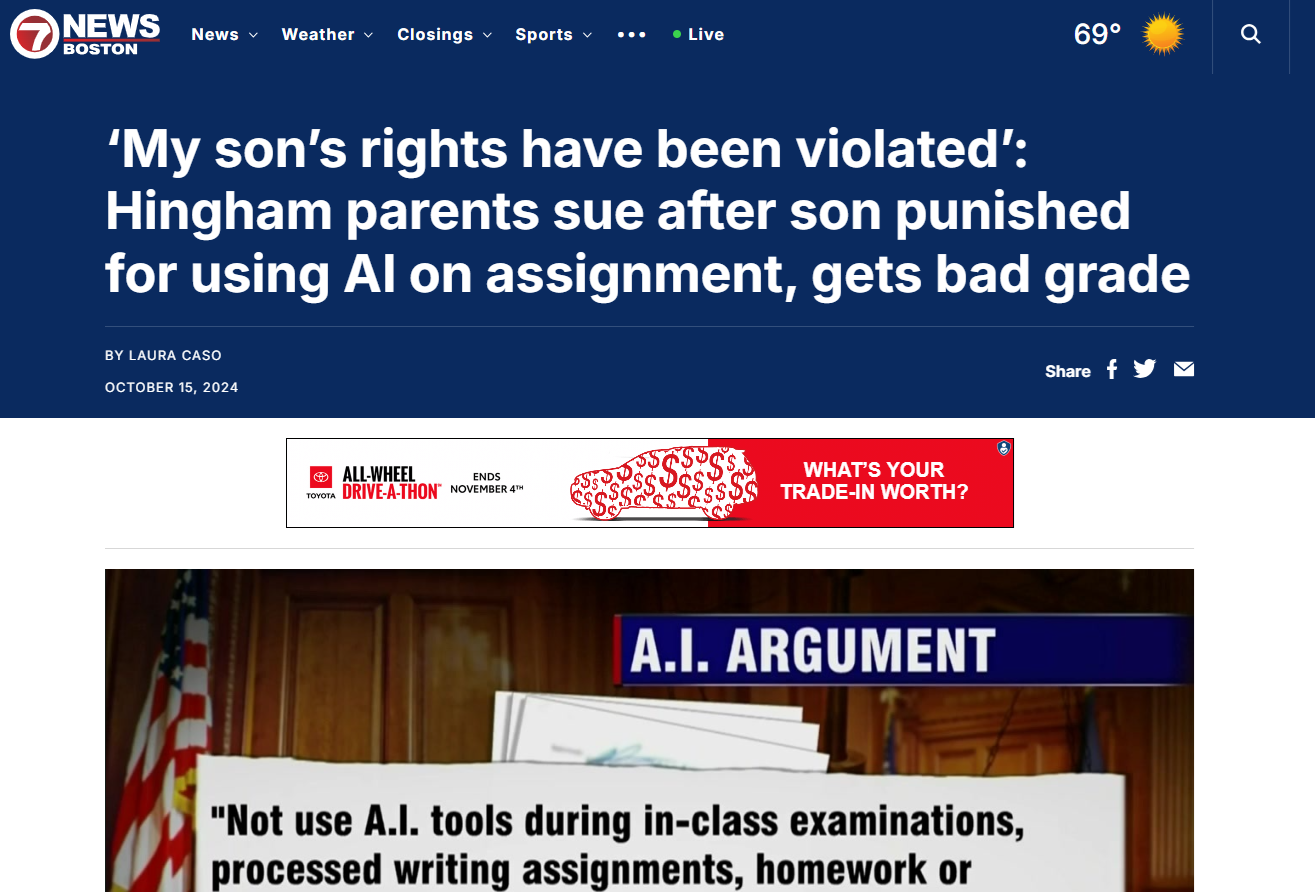I joined the PCTY Talks podcast this week to talk about how the digital revolution continues to accelerate and what the impact will be on the HR profession. Here are a few topics we discuss:
Diversity, equity, and inclusion
What we’re learning about digital tools and technology is that it is not neutral. So there are positives that it can bring and obviously negatives, there’s externalities that we have to guard against. I’m actually quite optimistic about the ability of technology to improve diversity, equity and inclusion. Obviously, we have to guard against some of the externalities, we’re seeing things like AI recruitment tools that should hopefully help us avoid and overcome some of the biases that have been in recruitment processes for decades. Now, we have to make sure that the data we’re using to power those tools is fair to socioeconomic groups and that it is aligns with the goals that we have. If we’re just grabbing data that’s a mirror of the way we’ve always implemented recruitment tools and techniques, then we run the risk of carrying those biases into the software programs. So we want to guard against that. But I think there’s a lot of opportunity there. So you know, AI recruitment tools is one. Workforce analytics, and the data around our workforce can obviously really help us. When we’re doing this, we’re looking at setting goals for our diversity, equity inclusion, for the year or for the decade, and then we have to start to capture data around that to see if we are doing that. So you think about not just compensation, but are there patterns in the way our employees are using the benefits that we offer? And do those align with the goals that we have around diversity, equity and inclusion? Or do we have certain employees that are only using certain benefits? We think we’re offering these great benefits, but maybe they don’t align with some of our overall goals. I think that is an area that we really haven’t fully utilized. But I think workforce analytics is really going to give us a lot of insights into our workforce, and the patterns of our workforce, and our organization, and really help us understand whether we’re successful or not.
The importance of data
Ultimately, what will power these AI platforms is the data. We need to make sure that we’re using data that is consistent with the organization we want to be a part of, the organization that we want to build, and the society that we want to live in. We’ve seen in recent years, as we’ve uncovered some of these results, that some of the data we have used has inadvertent biases in it. And in some of these aren’t intentional biases by programmers or developers, designers, but they seep in because of the the data that’s being used. And so the data, and ensuring that it aligns with our goals, and that it’s fair to all of our employees is extremely important. And it’s something that we’re going to have to continue to monitor throughout time. Because these programs are designed to evolve as the data changes and as the data reveals new insights. I think the other thing that COVID brought is that it changed some of these patterns. And so some of the tools that we had been using are broken because the data changes and the pattern of employees changes. And so we’ll need to recalibrate these programs and and techniques and tools to ensure that they still align with what we’re trying to achieve.
Organizations need to ensure that their data is organized, structured, and well kept. Every organization is sitting on a tremendous amount of information. If you don’t have the data available to really explore and to really understand the patterns that exist under the surface, then you’re not going to be able to employ these tools as effectively as you could. So first and foremost, you’ve got to get your data in order. And data comes in lots of different forms and factors. And so companies and organizations need to realize that there’s lots of places that data will show up. And there’s lots of ways in which data can show up within your organization. There’s lots of data in every organization that will inform executives and HR professionals on the current state of the organization and what needs to change in order to really achieve the goals that they’ve set for that organization.
You can hear more in the full episode.


